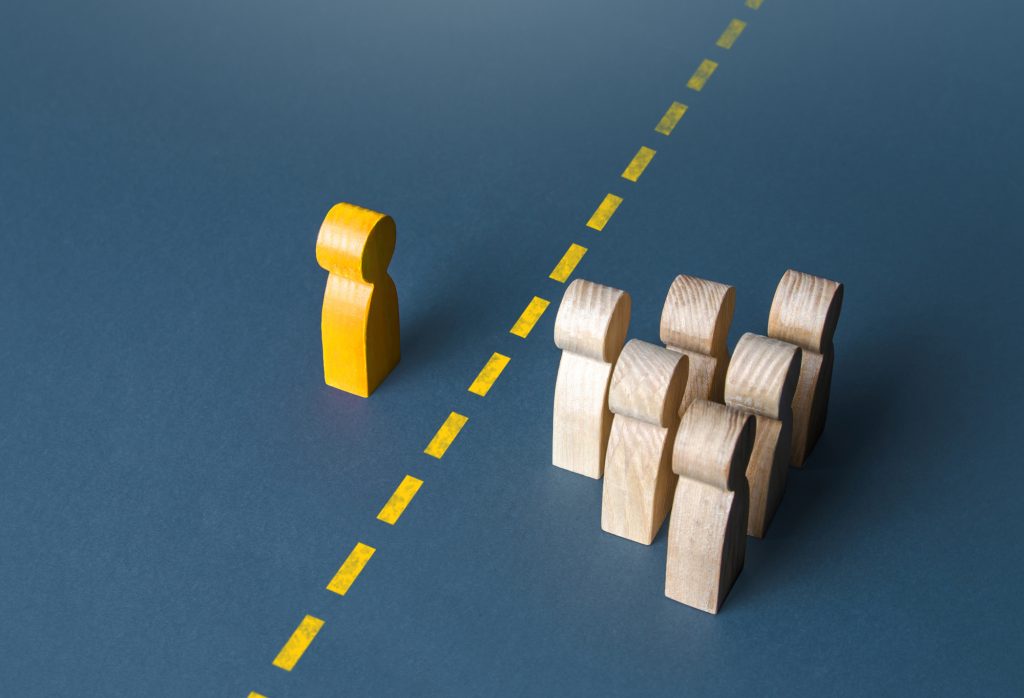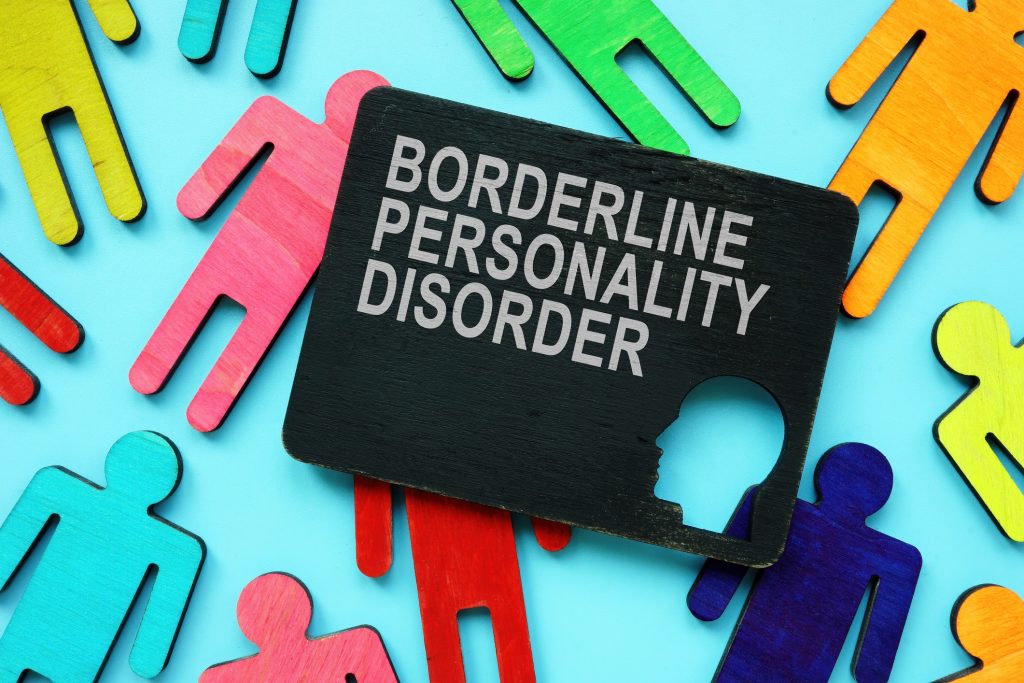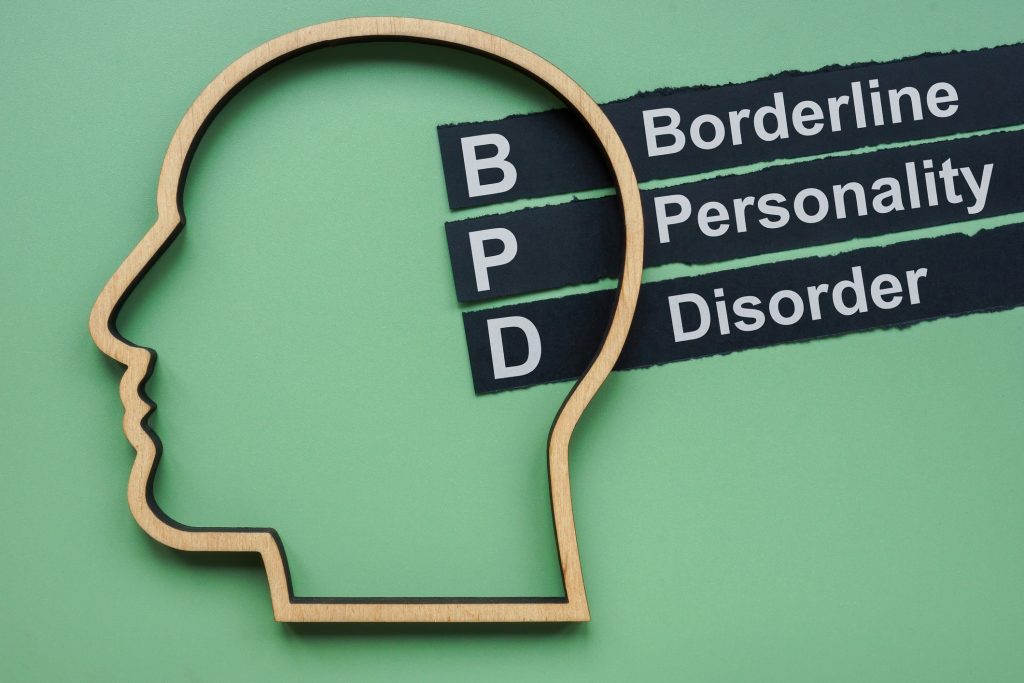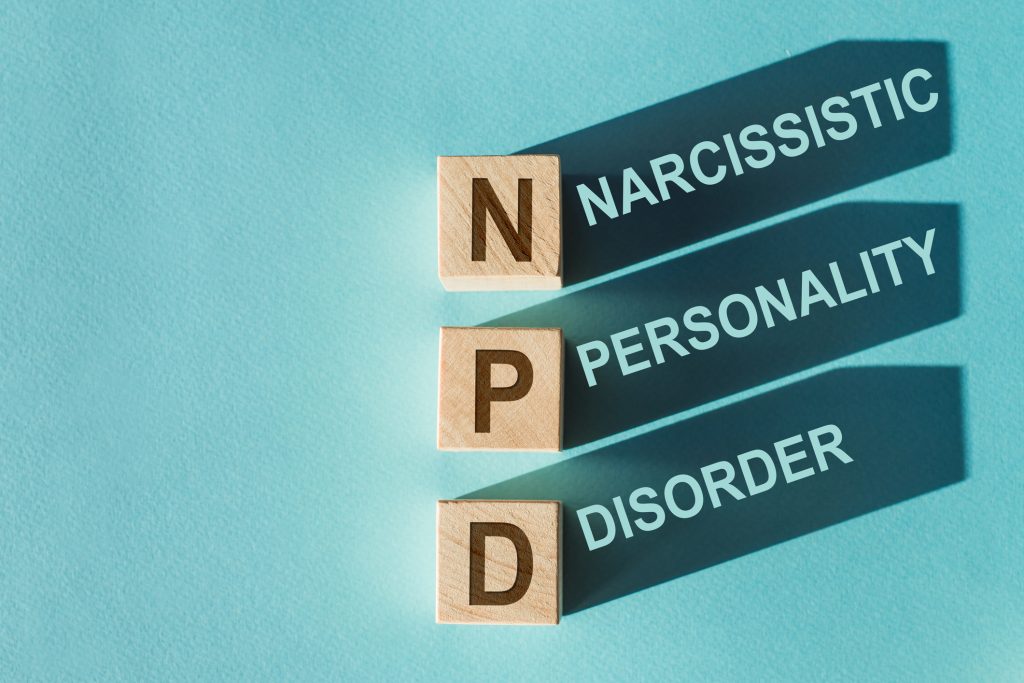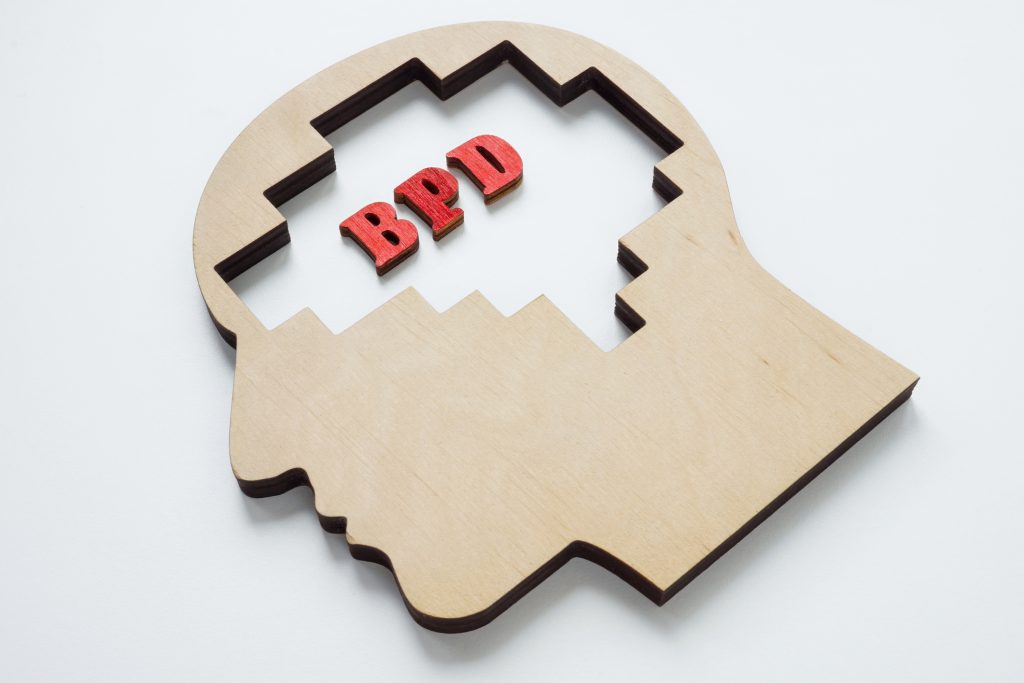
Understanding Mother-Daughter Enmeshment and How It Differs from Healthy Closeness
By Chelsea Foster
When It Looked Like Love—But Felt Like Suffocation
Let’s be honest: it looked like love. That’s what made it so hard to name.
The constant texts, the “just checking in” calls, the guilt trips disguised as concern. For years, you believed that’s what a close mother-daughter relationship was supposed to look like. But somewhere deep down, it didn’t feel like love—it felt like suffocation.
This is the enmeshed mother-daughter experience, and if you’ve lived it, you know how heavy it is.
What’s the Enmeshed Meaning?
Enmeshed relationships are a pattern of relationships in which personal boundaries are blurred or even nonexistent. Instead of two separate individuals with their own thoughts, needs, and identities, enmeshed relationships are marked by emotional fusion. In an enmeshed dynamic, your sense of self is wrapped up in the other person, often so tightly that it feels impossible to know where they end and you begin.
Enmeshment isn’t closeness. It isn’t a connection. It’s control, disguised as love.
It’s a relationship where your mother’s emotions are your responsibility, her needs come first, and yours aren’t even recognized. It’s being told you’re “too sensitive” when you speak up, and “ungrateful” when you pull away.
It’s being groomed to disappear inside her, and calling it love.
How NPD and BPD Fuel Enmeshment
If your mother had traits of Narcissistic Personality Disorder (NPD), you would become an extension of her ego. Maybe you were her golden child—the one expected to reflect her brilliance, success, and perfection. When you performed, you were praised. When you pushed back, you were punished.
If your mother had Borderline Personality Disorder (BPD), you became the emotional stabilizer. You never knew what version of her you’d get. You were her everything one moment, and the scapegoat the next.
You learned to scan every room for her mood before you spoke. You became fluent in her needs before you even knew your own.
These patterns don’t just cause tension. They cause relational trauma—the kind that makes you question your right to exist as a separate, whole person.
You Were Never Meant to Carry That
You were a child. You deserved to be seen, not used. To be supported, not smothered.
Instead, you were expected to be a caretaker, confidant, and emotional buffer—and punished for stepping out of line.
And still, the world told you how “lucky” you were to be so close. No one saw the price you paid.
But now, you do. And the anger you feel when the truth starts to surface? Let it ignite.
That anger is a compass. Let it point you back to yourself.
Reclaiming Your Self Is Not a Betrayal
Healing begins with awareness, by naming the patterns, by getting to know your rage and grief, by reclaiming the parts of you she exploited, and discovering the parts she never allowed to exist.
Maybe you’ve spent years trying to explain yourself, hoping she’d finally understand. But healing isn’t about getting her to see you. It’s about finally seeing yourself clearly, fully, and without apology.
And if she says you’ve changed? You have because you’re finally choosing you.
What Healthy Closeness Feels Like
Healthy closeness honors autonomy. It feels safe and respectful. It holds space for who you are, not what someone needs you to be.
Maybe it’s hard to imagine what that kind of closeness feels like.
Maybe you’ve never known it.
Maybe you’re still grieving that.
That’s okay.
It may feel unfamiliar at first. But unfamiliar doesn’t mean wrong.
It means you’re learning to live free.
You Get to Choose Something Different
Whether you’re just starting to see the pattern or deep into this process, know this: it was never your job to be everything to someone who couldn’t see you as a separate person.
That’s not love.
That’s enmeshment.
And you get to choose something different.






